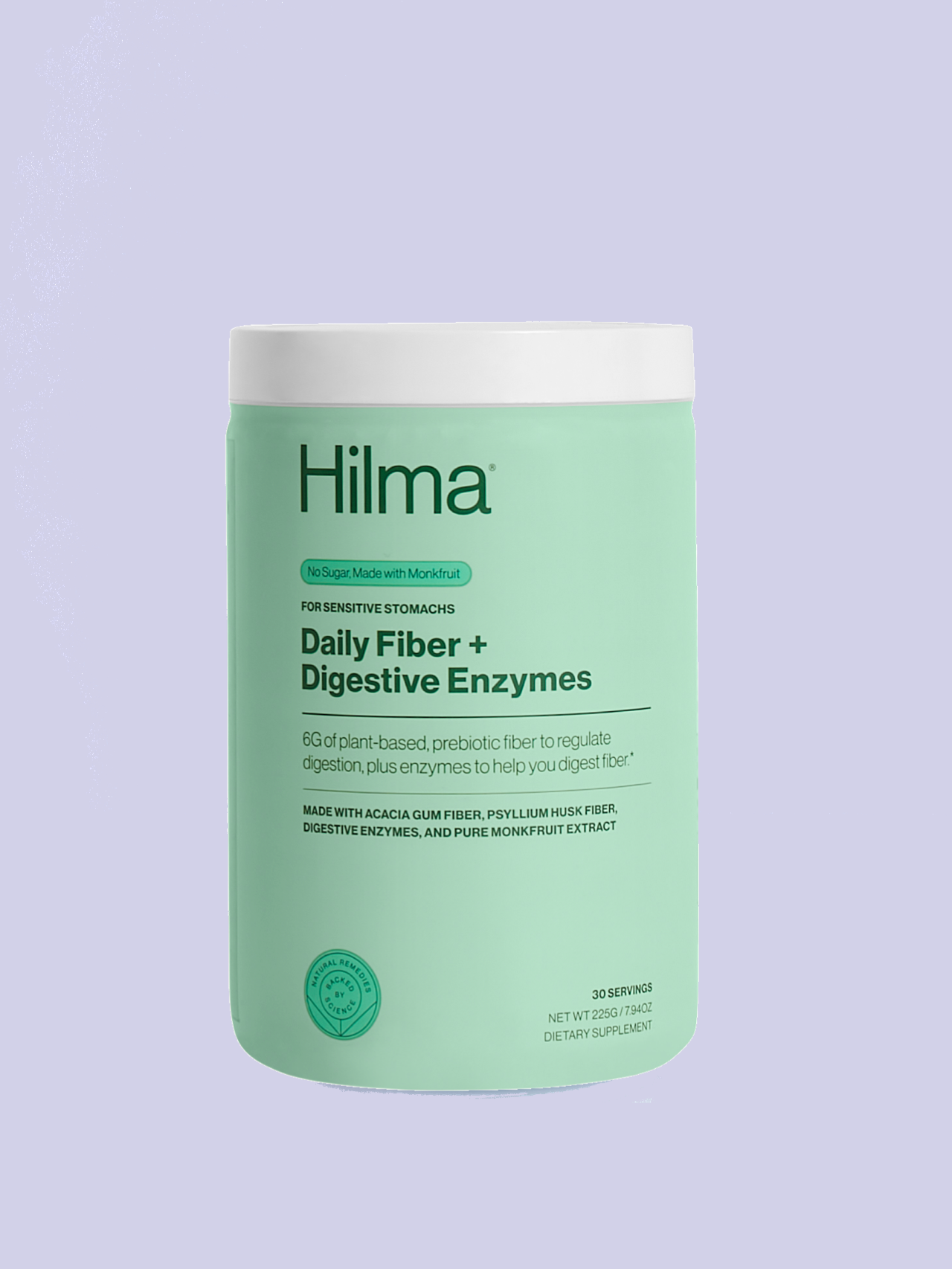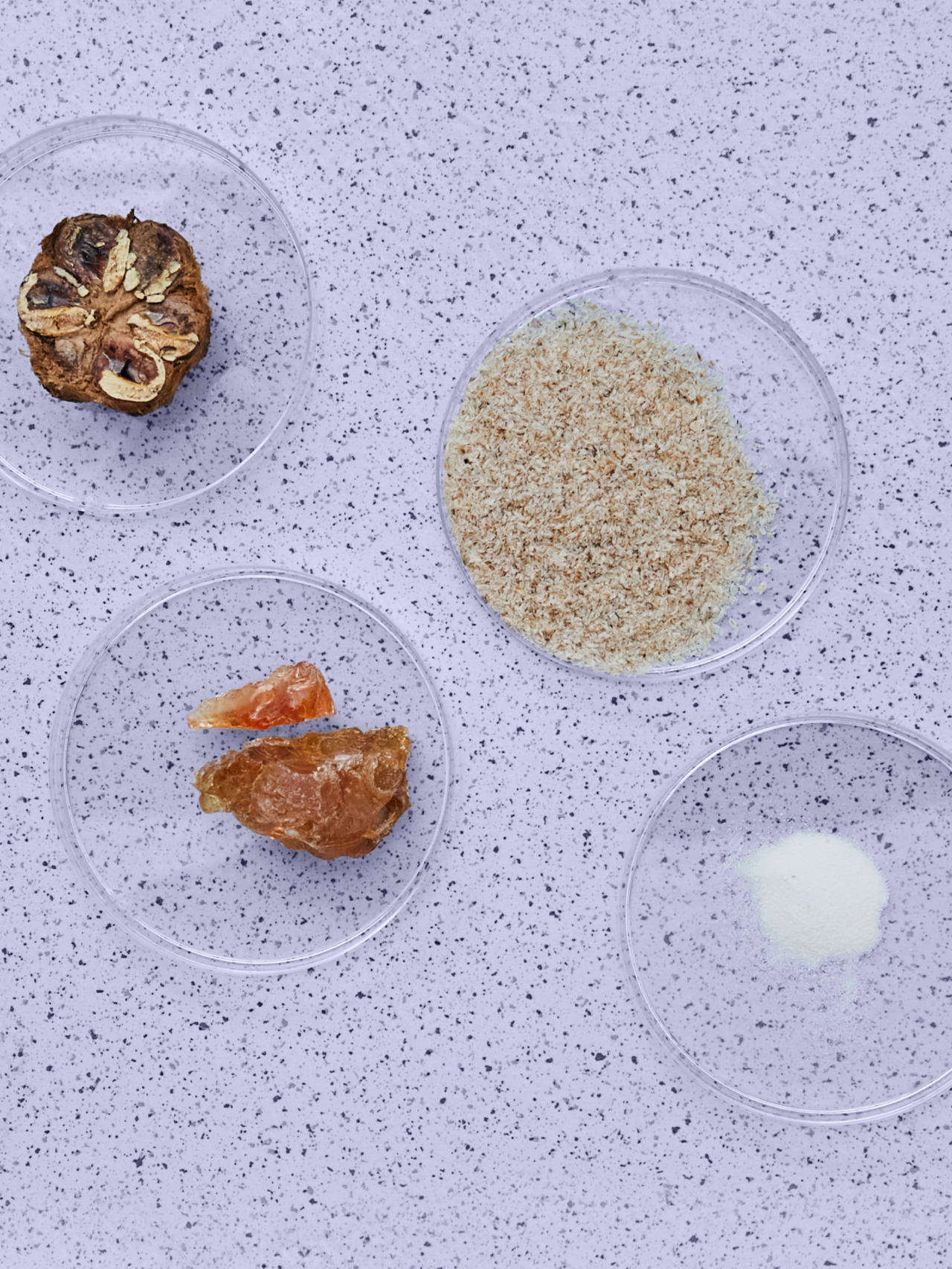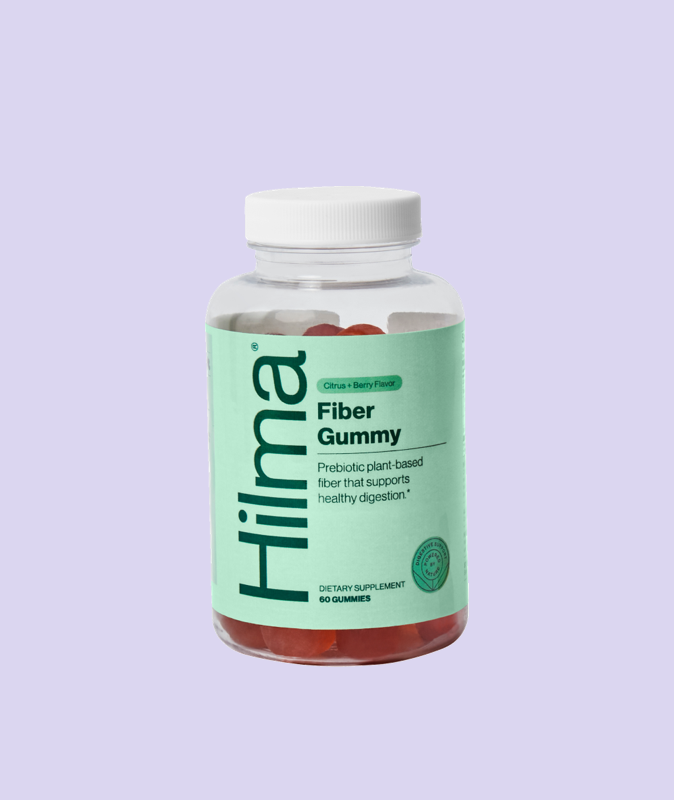
For years, cholesterol has been painted as the villain of heart health. We were told to avoid egg yolks, run from butter, and fear any number above 200 on a lipid panel. And while there’s some truth to the risks of certain types of cholesterol, the full picture is much more nuanced—and fiber, of all things, turns out to be a major player in how our bodies manage cholesterol in a healthy, sustainable way.
Let’s break it down.
What Is Cholesterol?
Cholesterol is a waxy, fat-like substance found in every cell of your body. It’s essential—not optional—for survival. You need cholesterol to:
-
Make hormones like estrogen, testosterone, and cortisol
-
Build cell membranes
-
Support brain function and memory
-
Help your liver produce bile to digest fat
There are two main sources of cholesterol:
-
Endogenous (your body makes it) – the liver produces about 75% of your cholesterol.
-
Exogenous (from food) – the remaining 25% comes from dietary sources like eggs, meat, and dairy.
LDL vs. HDL
When people talk about “good” and “bad” cholesterol, they’re really referring to the lipoproteins that carry cholesterol through the bloodstream:
-
LDL (low-density lipoprotein) = “Bad” cholesterol
Carries cholesterol to tissues. In excess, it can contribute to plaque buildup in arteries. -
HDL (high-density lipoprotein) = “Good” cholesterol
Carries cholesterol back to the liver for removal or recycling.
But even this is oversimplified. The size and density of LDL particles matter more than the total number. Small, dense LDL particles are more likely to oxidize and trigger inflammation in blood vessels, while large, fluffy LDL particles are less harmful.
This is why functional medicine often looks at LDL particle number and size, inflammatory markers, and blood sugar regulation alongside standard lipid panels.
The Cholesterol Confusion
For decades, cholesterol-rich foods were demonized under the assumption that eating cholesterol = high cholesterol in the blood = heart disease. But newer research has debunked much of this thinking.
The Dietary Guidelines for Americans removed cholesterol limits in 2015, stating that “cholesterol is not considered a nutrient of concern for overconsumption.”
Why? Because your body self-regulates. If you eat more cholesterol, your liver makes less—and vice versa.
So, if it’s not dietary cholesterol, what’s driving up harmful cholesterol levels?
The answer: inflammation, insulin resistance, chronic stress, toxin burden, and—this is the big one—lack of fiber.
Fiber and Cholesterol
Fiber is one of the most under-consumed nutrients in modern diets. The average adult in the U.S. gets around 10–15 grams per day—far below the recommended 25–38 grams.
And fiber isn’t just about digestion or regular bowel movements. It’s a powerful regulator of metabolic and cardiovascular health.
There are two types of fiber:
-
Insoluble fiber: Adds bulk to stool and helps move things through the digestive tract. Found in vegetables, whole grains, and seeds.
-
Soluble fiber: Dissolves in water to form a gel-like substance. Found in oats, legumes, apples, flaxseed, chia, and psyllium husk.
When it comes to cholesterol, soluble fiber is the real MVP.
How Soluble Fiber Helps Lower LDL Cholesterol
Here’s how it works:
-
Soluble fiber binds to bile in the gut
Bile is made from cholesterol and released by the liver to help digest fat. Normally, your body reabsorbs bile in the small intestine. But soluble fiber grabs onto it and pulls it into your stool, so it’s excreted instead. -
Your liver has to use more cholesterol to make more bile
Since the bile didn’t get recycled, the liver pulls more LDL cholesterol from your bloodstream to make a fresh supply. This naturally lowers circulating LDL levels. -
Fiber feeds good gut bacteria
Soluble fiber ferments in the gut and produces short-chain fatty acids (SCFAs) like butyrate, acetate, and propionate. These SCFAs have been shown to inhibit cholesterol synthesis in the liver. -
Fiber slows glucose absorption
Blood sugar spikes and insulin resistance are tightly linked to high cholesterol and triglycerides. Fiber slows down carbohydrate absorption and keeps blood sugar stable, which in turn reduces LDL oxidation and triglyceride production.
Additional benefits of fiber
A high-fiber diet doesn’t just impact cholesterol. It supports nearly every marker of metabolic health:
-
Weight: Fiber adds volume to meals, increases satiety, and reduces calorie intake without reducing nutrient density.
-
Blood pressure: Soluble fiber helps lower systolic and diastolic pressure by improving vascular function and reducing inflammation.
-
Blood sugar: Slower glucose absorption helps regulate insulin and reduce the risk of insulin resistance.
-
Hormones: Stable blood sugar means less cortisol output and more balanced estrogen and progesterone ratios.
The takeaway: fiber isn’t just a digestive aid. It’s foundational to hormonal, cardiovascular, metabolic, and gut health.
How Much Fiber Do You Actually Need?
The general guideline: ~30g daily!
But this number isn’t a ceiling—it’s a baseline.
Many functional health practitioners recommend aiming for 35–45 grams daily, especially if you’re managing insulin resistance, high cholesterol, or PCOS.
Here’s the catch: If you’re currently eating very little fiber, go slow. Too much too fast can cause bloating, gas, or constipation. Build gradually and make sure you’re hydrating well.
Where to Find the Right Kind of Fiber
Focus on whole foods first. Here are some great soluble fiber sources to incorporate daily:
-
Chia seeds (1 tbsp = ~5g) – stir into yogurt, smoothies, or make chia pudding
-
Ground flaxseed (2 tbsp = ~4g) – great in oats, baked goods, or mixed with nut butter
-
Oats (½ cup = ~4g) – choose rolled or steel-cut
-
Avocado (1 = ~10g total fiber, ~2g soluble)
-
Lentils (½ cup = ~8g)
-
Black beans, chickpeas, or white beans (½ cup = ~6–8g)
-
Psyllium husk (1 tsp = ~5g) – found in many gut support powders like Hilma’s Daily Fiber
What About Fiber Supplements?
Fiber supplements can be helpful, especially if your diet is lacking or you need targeted gut and lipid support. Look for:
-
Psyllium husk – Well-studied for its LDL-lowering effects and ability to bulk stool and support healthy cholesterol metabolism
-
Acacia fiber – Gentle on the gut, supports microbial diversity, and promotes short-chain fatty acid (SCFA) production
-
Inulin or partially hydrolyzed guar gum – Functional prebiotics that help feed beneficial gut bacteria
Be sure to introduce any fiber supplement gradually, and don’t forget to increase your water intake—fiber needs adequate hydration to support digestion and regularity.
For those with sensitive stomachs, Hilma’s Daily Fiber + Digestive Enzymes is a standout option. It’s a thoughtfully formulated, plant-based blend that delivers 6g of prebiotic, low-FODMAP fiber, combined with digestive enzymes to make it easier on the gut. With 0g of sugar and a subtle sweetness from pure monkfruit extract, it’s a gentle, easy-to-digest choice that supports regularity—without the bloat.
Whether you’re looking to lower LDL, improve bowel regularity, or support your microbiome, a well-formulated fiber blend like Hilma’s can be an effective addition to your routine.
A Fiber-Powered Smoothie to Start Your Day
So how do you put all of this into practice? One of the easiest and most delicious ways to hit your fiber goals—and support cholesterol balance—is by starting your day with a high-fiber smoothie.
This is a go-to recipe from Hilary, one of the founders of Hilma Quartner, who knows a thing or two about making functional ingredients work for real life. It’s packed with soluble fiber, plant diversity, protein, and healthy fats—all the things your gut will thank you for.
Hilary’s Gut + Heart-Healthy Smoothie
Serves 2
-
4 tsp Hilma’s Daily Fiber + Digestive Enzymes
-
2 scoops clean collagen protein powder
-
½ cup frozen cauliflower rice (or 1 cup if not using the above)
-
1 cup frozen blueberries
-
½ ripe banana
-
Big scoop of almond butter
-
2 tbsp chia seeds (or swap for flax)
-
½ cup water
-
1 cup milk of choice (Hilary uses almond milk)
-
Optional: scoop of low-fat or non-fat Greek yogurt for extra creaminess and protein
Why it works:
-
Fiber: Chia seeds, Hilma’s blend, and blueberries all deliver soluble fiber to bind bile and lower LDL.
-
Protein + Fat: The almond butter, yogurt, and collagen support satiety and help stabilize blood sugar.
-
Prebiotic diversity: Cauliflower and banana feed beneficial gut microbes.
-
Digestive support: Hilma’s digestive enzymes help your body break it all down with ease.
Blend it up, sip it slowly, and let it do the heavy lifting for your cholesterol, hormones, and digestion—all before you even check your email.
Here’s what we know:
-
Cholesterol is essential but becomes problematic when out of balance, especially in the context of inflammation and metabolic dysfunction.
-
Soluble fiber helps reduce LDL levels naturally—without medications—by interrupting the bile recycling process and supporting liver metabolism.
-
A high-fiber diet is associated with lower weight, better blood sugar control, healthier hormone balance, and reduced risk of cardiovascular disease.
-
Fiber isn’t a quick fix. It’s a daily commitment to regulating the systems that keep you resilient.
Cholesterol isn't the enemy—and fiber isn’t a boring afterthought. Together, they tell a powerful story about what it means to nourish and regulate the body from the inside out.
If you’ve been told to “watch your cholesterol,” consider this: instead of fearing fat, try focusing on fiber.
It might just be the missing link your gut—and heart—have been waiting for.




